|
In our last article Is overtime crushing your construction project? we discussed the cost of working overtime in construction. Often construction managers get into the habit of working extended hours, which adds to the cost of construction, and causes other problems, including accidents and family issues. As we stated though, some workers also get into the habit of relying on extra pay earned from working overtime. Overall working overtime should be discouraged as the costs often far outweigh any benefits to the project. Careful planning and employing a few extra resources can often eliminate the need to work overtime on your construction project. However, we all know that sometimes working extra and extended shifts on construction projects is unavoidable. Even the most well planned construction project can get into trouble and need additional time. Some tasks may have to be done afterhours when the project or the area is less congested. In fact, a few extra hours working a critical trade could make a big difference to the project's overall schedule The golden rules for working overtimeWhen it is necessary for work to happen after hours on your construction project you can ensure that workers are productive, costs are kept to the minimum, that work is done safely, and that the required tasks are completed by following a few simple rules.
ConclusionProjects should not get in the habit of working overtime. Controlled and limited overtime work can sometimes be beneficial. Always consider whether employing extra resources would be a more cost effective solution to working extended hours. Other useful articles Will your construction project be 100% complete when it's finished? Are you employing the right people on your construction project? How much is your brand worth? Why a good brand is vital for construction companies. Do you want to learn how to manage construction projects successfullyPaul Netscher has written several easy to read books for owners, contractors, construction managers, construction supervisors and foremen. They cover all aspects of construction management and are filled with tips and insights.
Visit to read more. The books are available in paper and ebook from most online stores including Amazon. © 2021 This article is not to be reproduced for commercial purposes without written permission from the author.
0 Comments
Costs of construction overtimePeople working overtime are usually paid 50%, or even double their normal rates. Are they 50 to a 100% more productive? Definitely not. In fact they’re probably less productive. Manual work is physically exhausting. Even operating a machine for extended hours is tiring. I found that production after working 9 hours fell dramatically. Working an extra hour possibly only yielded an additional half hour’s production. In effect the company is paying an hour for half and hour’s work – or double time. Add the premium for overtime and it becomes a very expensive additional half hour’s work. But overtime can become even more expensive. Often overtime isn’t controlled properly. So people say they’ve worked the extra hours (and are paid the time) but they haven’t. Workers are often not supervised properly after hours, workers slack off, or they’re left waiting for instruction, so productivity is lower. Sometimes key workers, perhaps like a crane operator, aren’t there, which means that other workers can’t operate effectively. When equipment breaks down afterhours there often isn’t anyone available to repair the items, and without the item the team can’t work properly. Problem of working excessive hours on construction projectsSometimes workers enjoy working overtime to earn the additional overtime rates. But, to compensate they may take another day as a rest day, so they work the same hours, but some hours are paid at the higher overtime rate. On the days when they’re absent it impacts the efficiencies of their team – especially if they’re a critical component. Working excessive overtime can lead to tiredness and result in mistakes and even accidents. The right balance on construction projectsUnfortunately some projects get into a routine of working overtime. Those are the hours that were worked on the last project, or those are the hours that were instituted at the start of the project. In fact, some workers become used to earning the additional wages earned from working overtime so they even object when the overtime hours are cut. Often employing a couple of extra people and hiring additional equipment will negate the need to work overtime and it will be cheaper than working the additional hours. Sometimes overtime is essential to catch up lost time, or to complete a critical task, but it might not be required that the whole project works extra hours. Check who should work overtime, ensure only those workers stay longer. Then ensure that they will have all the necessary support services and supervision so that they can work efficiently and safely. Other useful articles planning your construction project labour productivity on construction sites Will your construction project be completed on schedule? Read this 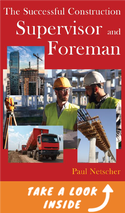 This article is an extract from the book 'The Successful Construction Supervisor and Foreman'. Do you want to learn how to manage construction projects successfullyPaul Netscher has written several easy to read books for owners, contractors, construction managers, construction supervisors and foremen. They cover all aspects of construction management and are filled with tips and insights.
Visit to read more. The books are available in paper and ebook from most online stores including Amazon. Winter is usually considered the off-season for construction, but a savvy crew can still complete plenty of work when the temperature drops. Working in cold weather presents its own challenges. What are the most common construction safety issues, and what can you do to prevent or mitigate them? Dealing With Snow and IceOne of the most obvious hazards of construction work in winter is the accumulation of snow and ice. In addition to being cold, this buildup can create traction issues and slip-and-fall accidents for both team members and equipment. Before each day, take the time to inspect the job site. Be on the lookout for snow or ice buildup. Footpaths and areas that get a lot of traffic — pedestrian or otherwise — should be covered with salt or kitty litter to provide traction and melt the ice. Excessive ice buildup should be chipped away or otherwise removed to prevent it from causing bigger issues in the future. Protecting Construction Equipment From Cold WeatherHuman crew members aren’t the only ones at risk in cold temperatures. You’ll also need to take steps to protect your construction equipment, especially if you don’t normally operate during the winter months. Start by carrying out some winter-centric maintenance — double-checking things like tire inflation and fluid levels. Ensure your antifreeze is up to the task, especially if you’ve been topping off the radiator with water during the summer. If you’re not sure, or you don’t have a hydrometer on hand to test, flushing and refilling the cooling system is your best option. Pouring Concrete in Cold TemperaturesCool and dry weather isn’t necessarily a bad thing for curing concrete, but once you drop below a certain temperature, it can prevent it from hardening to its full strength. If you’re pouring concrete in the depths of winter, look into tools for keeping your pour warm and dry while you wait for it to cure. Concrete blankets can be incredibly affordable and can let you keep working through the season. Keeping Your Construction Crew SafeHumans can adapt to most environments, but we need tools to protect us from the elements. Frostbite and exposure to the elements are major concerns for teams working in cold weather. Ensure that everyone is property attired before they come onto the job site in the morning. Provide them with heated tents or offices where they can get out of the elements for breaks or lunches, and encourage your team to take frequent breaks throughout the day. Staying Warm in WinterWintertime doesn't have to cause projects to grind to a halt. You just need to make sure everyone is ready to work outdoors when the temperature starts to drop. Maintenance, preparation and a few extra tools can make all the difference, especially if you live or work in an area that’s prone to extreme cold during the winter. Construction can continue and deadlines can be met despite the challenges of the season. Author Bio: Rose Morrison is a freelance writer who covers construction and building design topics. She is also the managing editor for Renovated. Other Useful Articles How To Select The Appropriate Construction Method To Increase Safety And Efficiency Top Safety Concerns on Construction Sites - And How to Avoid Them Construction projects and high temperatures - do you know the risks? Why Safety Is Important On Your Construction Project Do you want to learn how to manage construction projects successfully?Paul Netscher has written several easy to read books for owners, contractors, construction managers, construction supervisors and foremen. They cover all aspects of construction management and are filled with tips and insights.
Visit to read more. The books are available in paper and ebook from most online stores including Amazon. COVID-19 has caused havoc in the construction industryBuilders need to change the way they operate and manage construction projects to secure their long-term success. With coronavirus cases on the rise again in the UK, America, Europe and many other countries, certain restrictions have been reintroduced across nations. The construction industry will continue to operate, but now more than ever standards of health and safety need to be enforced to reduce the rate and risk of infection. The question that contractors are facing is how to balance keeping their workforce healthy while continuing to operate to maintain economic security. As more research is conducted into covid-19, authorities have published advice calling for work to resume as long as all recommended precautions can be enforced. Read on to learn more builders’ guidelines for work in the time of COVID-19. Get everyone in your construction team involvedEmployee education and communication are essential tools for fighting this viral pandemic. Your construction teams should be kept updated about the latest COVID-19 facts, including how the germs can be spread. The rationale behind protocols and how they could help prevent covid-19 infection should be clearly explained and repeated regularly to keep facts fresh in employees’ minds. Posters with the same details should be posted in portable toilets and common areas for the same reason. Specific time slots within working hours should be allocated for these information sessions. If workers are concerned that the time spent learning about the virus will be docked from their wages they might not take in or understand the information they’re presented with. Keeping your construction crews in the loop will have the added benefit of maintaining a sense of community and camaraderie. Each worker will feel they’re part of a team and be more likely to voice concerns and let their supervisors know about potential problems. If there’s a feeling that everyone is in this together, someone who feels ill won’t be worried about losing their job and will inform their co-workers immediately – lessening the chance of an outbreak among staff. Don't forget to include all your subcontractors, they are vital to the success of your construction project and keeping it covid-19 safe. Follow covid-19 guidelinesWhile the advised measures from the United Kingdom’s government don’t quite stretch to modular walk-through anti-virus stations, they’re impressively thorough and comprehensive. The Department for Business, Energy and Industrial Strategy issued specific regulations for construction and other outdoor work, and the Construction Leadership Council (CLC) has published its own suggestions. They’re presented here, along with various additional measures that many operators in the United Kingdom have decided to adopt. ● The guidelines stipulate that anyone who feels ill, has a temperature or is coughing should either stay home or go home as soon as these symptoms develop. ● Face coverings should be worn over the nose and mouth on public transport and in enclosed spaces. At the same time, touching the face, eyes, nose and mouth should be avoided wherever possible. ● When eating, workers should wash their hands after removing their face coverings but before touching their food. Food and drink shouldn’t be shared with anyone during this time. ● Similarly, implementing a “no handshake” policy is a good idea. Soap, running water and disposable hand towels should be provided at several strategic locations on building sites. ● Anyone arriving on a site ought to be given hand sanitiser. Used tissues should be thrown into a rubbish bin that’s been designated for that specific purpose. ● While temperature screenings are not mandatory, several companies are enforcing them. ● Appropriate social distancing (at least 1 metre and preferably 2 metres between each person) must be maintained. As an added precaution, some construction companies have begun disinfecting high-touch, shared areas on a daily basis. Such areas include scaffolding, breakrooms, shared tools, crew vehicles’ steering wheels, gear sticks and door handles and bathroom facilities. Shifts should be staggered between different tradespeople and even different groups of the same type of workers to prevent large gatherings on your construction project. Meeting size should be restricted, and weather permitting, held in the open air whenever possible. Individuals who are especially at risk of infection, such as those with diabetes or other chronic diseases, should work from home if they can. Video calls should replace site inspections and face-to-face appointments unless in-person meetings are absolutely essential. This includes home visits and discussions with clients; email, telephone calls and video communications or even text messages are strongly recommended. Plan Ahead for Project Changes It’s important to remember that the fallout from COVID-19 will be huge and to expect and plan for this on your construction project wherever possible. Projects will take longer to complete as staff education, sanitising procedures, absences due to self-isolation and team staggering all eat into building schedules. Additionally, masks, hand sanitiser, posters and other educational equipment all cost extra funds that could drain resources. That’s before the impact of smaller meetings and reduced face-to-face contact have even been considered. Every decision will be delayed slightly because discussions won’t be able to flow as freely with as many people, which could ramp up costs and timeframes considerably. Additionally, some instances cannot be planned for – such as subcontractors not being properly educated on the virus and thus transmitting the disease to an otherwise COVID-free building site. Adjust Project Parameters Every construction project is unique, and the required health and safety measures will differ from job to job. The requirements for fitting doors and windows won’t be the same as those needed for a full-scale house build or roadworks. The best course of action employers and workers can take would be to evaluate their specific construction projects and then enforce and maintain all possible precautions. Reviewing the situation regularly as your construction project develops, additional restrictions are imposed or new information about COVID-19 is learned, is also an excellent idea. The pandemic will cause financial losses and it will take time for the global economy to recover. But overwhelming as it might feel, everyone is in the same situation. The only real option is to work together to weather the storm. There’s never been a more appropriate time to stick to the good old British motto: Keep calm and carry on! Author Bio: With a background in project management and a love for writing, Mara Sampson is an editor for Build World, the UK’s top builder’s merchant and build material supplier. Other useful articles: Force Majeure In Construction Contracts: Tips And Traps Prepare your construction project for covid-19 lockdown What will you do if you are quarantined? Who is responsible for safety on your construction project? Do you want to learn how to manage construction projects successfullyPaul Netscher has written several easy to read books for owners, contractors, construction managers, construction supervisors and foremen. They cover all aspects of construction management and are filled with tips and insights.
Visit to read more. The books are available in paper and ebook from most online stores including Amazon. |
Archives
June 2024
Note: We welcome genuine comments, especially comments that add additional information to the subject matter in the article. We however reserve the right to remove inappropriate comments, which includes comments that have nothing to do with the subject, comments that include inappropriate language, and comments that are an advertisement for a product or company, or which include an advertising link. Comments must be in English. We will not enter into discussion on why a particular comment was removed.
CategoriesCopyright 2016 - The attached articles cannot be reproduced for commercial purposes without the consent of the author.
The opinions expressed in the attached articles are those of the writer. It should be noted that projects are varied and different laws and restrictions apply which depend on the location of the contractor and the project. It's important that the reader uses the supplied information taking cognisance of their particular circumstances. The writer assumes no responsibility or liability for any loss of any kind arising from the reader using the information or advice contained herein. "I have what I consider some of the best books on construction management."
Books are available from: Amazon.com Amazon.co.uk takealot.com kalahari.com Amazon.in Amazon.de Amazon.fr Amazon.it Amazon.com.au Powell's Fishpond uread bokus Amazon.ca Amazon.es Other retail stores Available in paperback or on Kindle "28 YEARS OF CONSTRUCTION PROJECT MANAGEMENT EXPERIENCE, DEVELOPING SUCCESSFUL CONSTRUCTION PROJECT MANAGERS AND BUILDING SUCCESSFUL CONSTRUCTION COMPANIES"
|
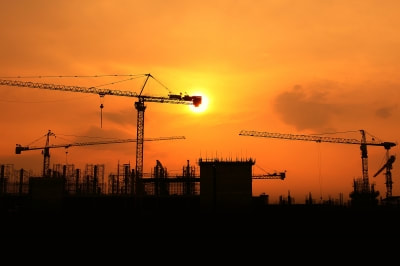


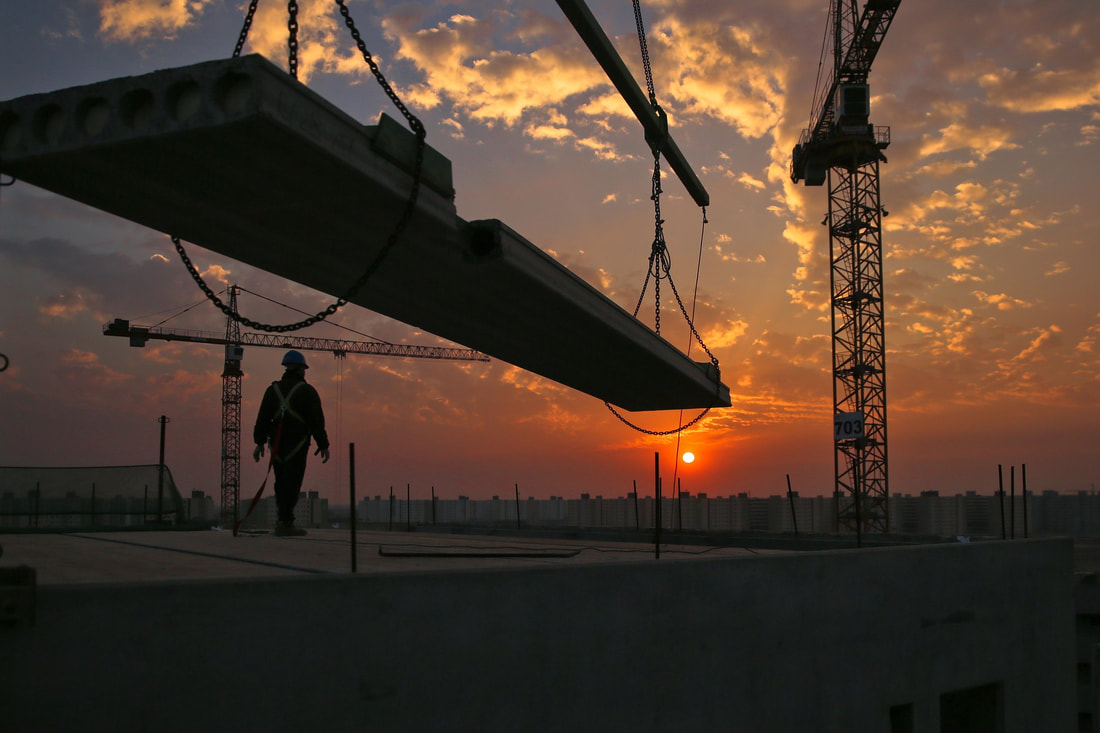



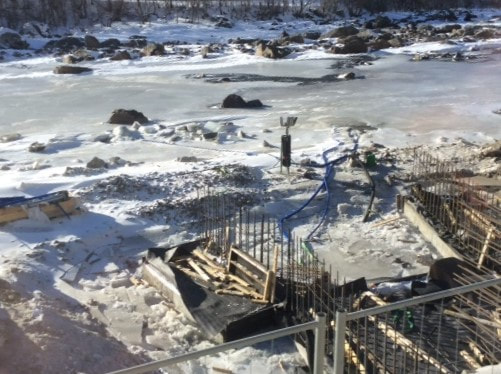

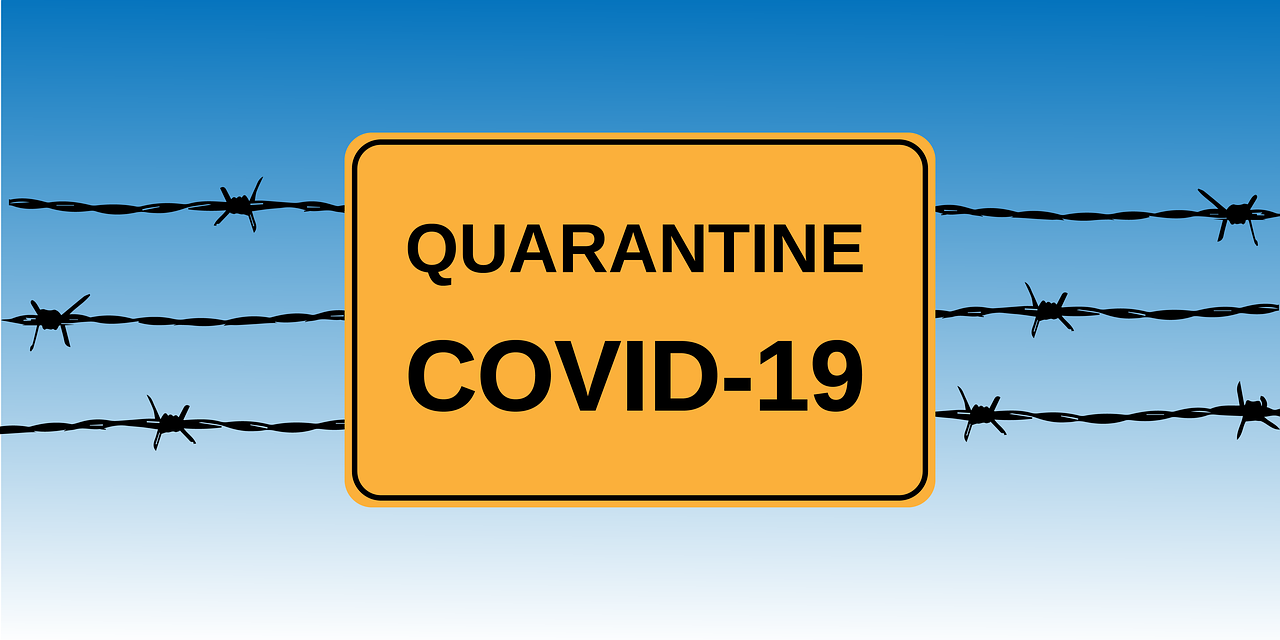






 RSS Feed
RSS Feed




